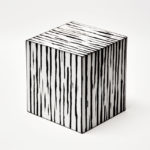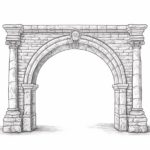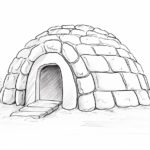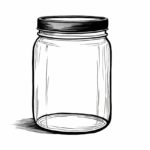Welcome to this step-by-step tutorial on how to draw a hexagon. A hexagon is a six-sided polygon that is a popular shape in geometry and art. Whether you want to create geometric designs or add a hexagon to your artwork, this tutorial will guide you through the process. With some simple steps and attention to detail, you can draw a perfect hexagon that will impress your friends and showcase your artistic skills. Let’s get started!
Materials Required
- Pencil
- Eraser
- Drawing paper
- Ruler
Step 1: Initiating a Guiding Circle
Kickstart your hexagon drawing by sketching a circle on your paper. Employ a compass or a circular object alongside a pencil to craft this guiding shape. The diameter of this circle will dictate the dimensions of your forthcoming hexagon, so choose a size that aligns with your desired outcome.
Step 2: Crafting a Central Horizon
Progress by crafting a horizontal line that slices through the center of your circle. This line will lay down the groundwork for your hexagon, serving as a visual guide for the sides that you will draw shortly.
Step 3: Designating Hexagonal Vertices
With a precise ruler at your disposal, mark six equidistant points along the circumference of your circle. These markings will act as the vertices of your hexagon. A pro tip here is to ensure that the distance between adjacent points is identical, as this will ensure a regular hexagon.
Step 4: Illustrating the First Edge
Venture from the first marked point, sketching a straight line to the neighboring point on its right. This line will manifest as the inaugural edge of your hexagon, setting the precedent for the remaining edges.
Step 5: Progressing to the Second Edge
Continuing in a clockwise direction, extend a straight line from the second point to the third. This will form the second edge of your hexagon, aligning with the initial edge you drew.
Step 6: Sketching Subsequent Edges
Persist with this pattern, drawing straight lines from one point to the next, until you return to your starting point. Each line you draw forms a new edge of your hexagon, and as you complete this step, you’ll see your hexagon shape coming to life.
Step 7: Finalizing Your Hexagon
With the hexagonal shape fully formed, it’s time to erase the guiding circle and any other assisting lines you may have drawn. Gently erase these lines to reveal a crisp, clean hexagon. The eradication of the guiding circle will unveil the perfect hexagon you’ve crafted, encapsulating geometric elegance in a six-sided figure.
Step 8: Admiring Your Geometric Craft
Take a moment to admire the geometric precision and symmetry of your handcrafted hexagon. The steps you followed not only honed your drawing skills but also unraveled the inherent beauty found in geometric shapes. Whether you’re drawing for fun, or for educational purposes, mastering the art of drawing a hexagon is a foundational skill that paves the way for exploring more complex geometric constructions.
Conclusion
Congratulations! You have successfully drawn a hexagon. By following these simple steps, you can create a hexagon of any size and use it in your art projects or geometric designs. Whether you are a beginner or an experienced artist, knowing how to draw a hexagon is a valuable skill that can add a new dimension to your artwork. So, grab your pencil and start creating amazing hexagons with this “How to Draw a Hexagon” tutorial.
Gallery of Hexagon Drawings
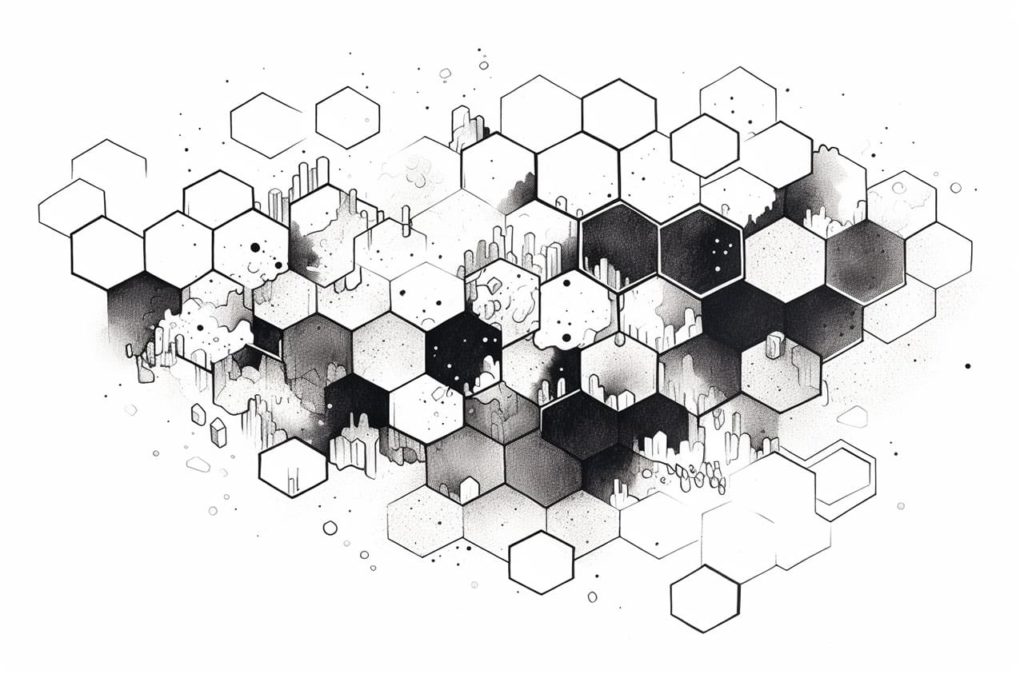
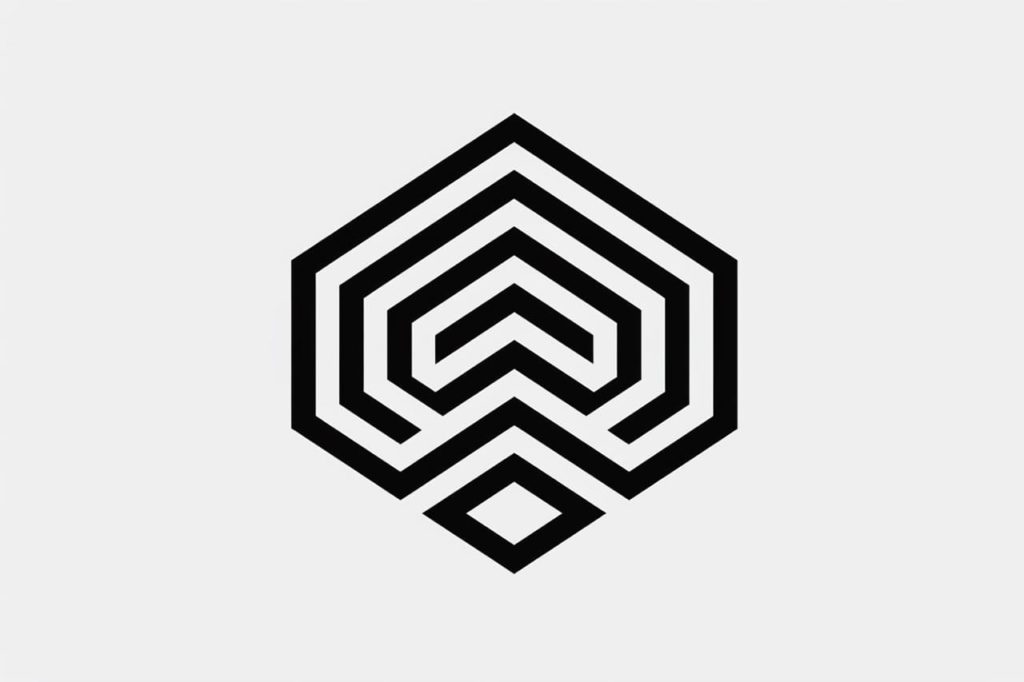
More amazing knowledge about hexagons (and bees!)…
Fun Facts About Hexagons
- Hexagons are six-sided polygons, known for their symmetry and tessellation properties.
- Honeybee hives are iconic for their hexagon-shaped cells, providing strength and efficiency in space usage.
- Hexagons appear in nature, such as in the structure of crystals and the surface of bubbles.
- The basalt columns of the Giant’s Causeway in Northern Ireland naturally form in hexagonal shapes.
- Hexagons provide an efficient way to divide a plane with minimal perimeter, which is why they are often found in nature and designed structures.
- Snowflakes often exhibit hexagonal symmetry, although no two snowflakes are exactly alike.
- In mathematics, a regular hexagon can be constructed using only a compass and a straightedge.
- Hexagon patterns are often used in tile design for their appealing geometric properties.
- The hexagon is the shape that maximizes volume for minimal wall area, which is why it’s prevalent in both nature and materials science.
- Graphene, a single layer of carbon atoms, is structured in a hexagonal lattice, leading to its unique properties.
Suggestions for Scenes and Settings for Hexagon Drawings
- Beekeeper’s Paradise: Visualize a detailed view of a bee hive highlighting the hexagon honeycomb formations with bees at work.
- Futuristic Cityscape: Illustrate a city where buildings and pathways are inspired by hexagonal designs, showing innovation and geometry.
- Snowflake Magnificence: Create a close-up drawing of a snowflake, emphasizing the intricate hexagonal patterns.
- Nature’s Puzzle: Design a scene of a turtle shell or a section of cracked mud in a desert, highlighting natural hexagon formations.
- Crystal Cavern: Imagine an underground cave adorned with hexagonal crystals, shimmering with refracted light.
- Alien Terrain: Depict a distant planet where the landscape is dotted with hexagonal rock formations.
- Garden Pathway: Picture a garden with paths paved in hexagonal stones leading through a lush landscape.
- Mosaic Artwork: Design a decorative piece of art where hexagons form a complex and colorful mosaic.
- Tech Interface: Create a futuristic interface or gadget screen where hexagonal icons and designs are seamlessly integrated.
- Ocean Coral City: Conceptualize an underwater city built within hexagonal coral formations, alive with marine life.

